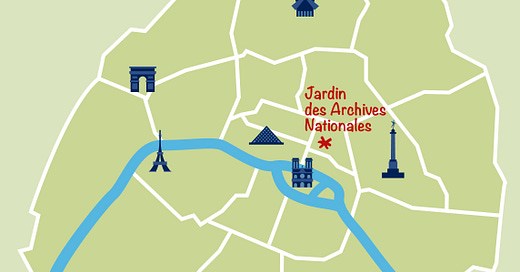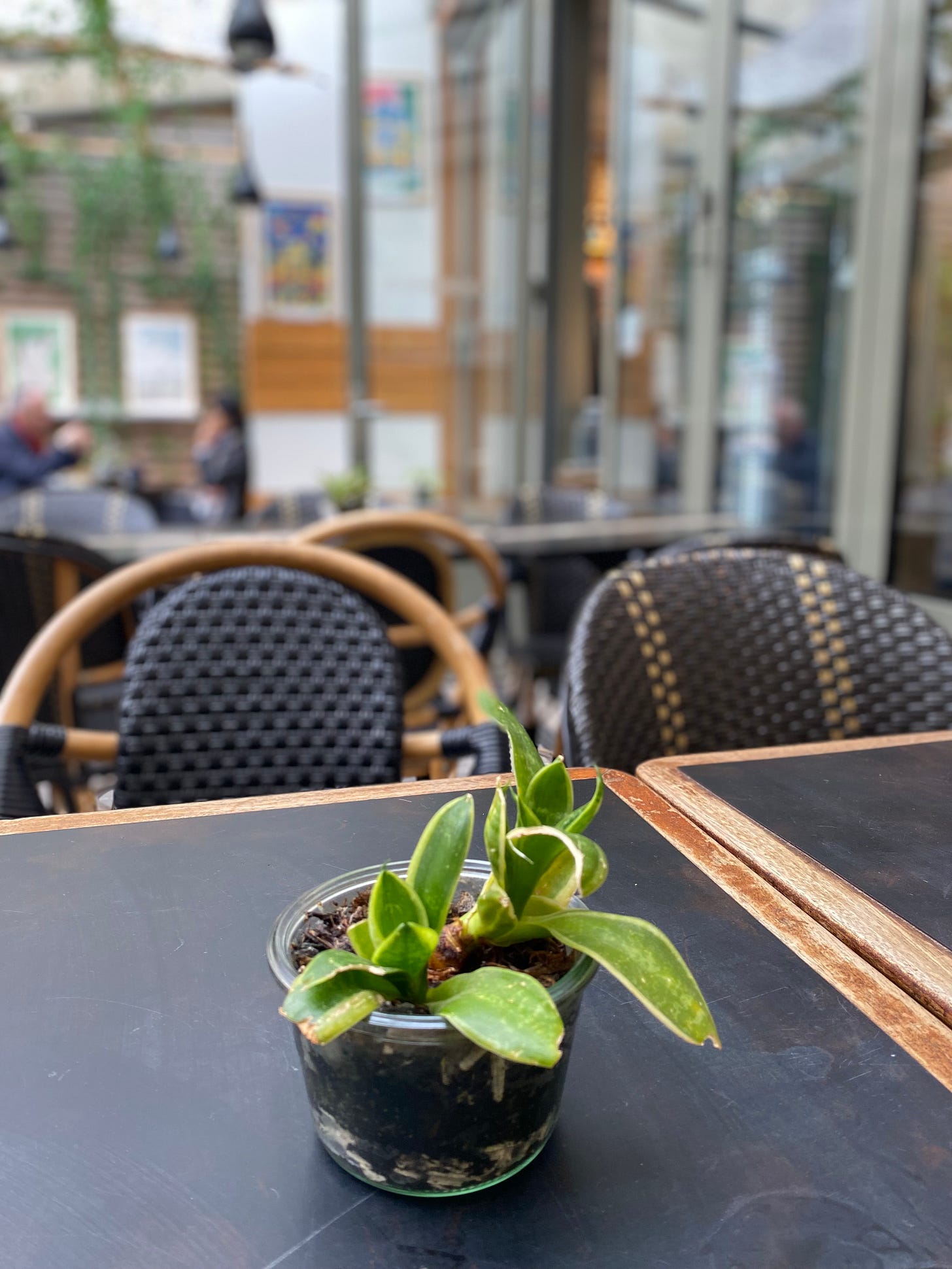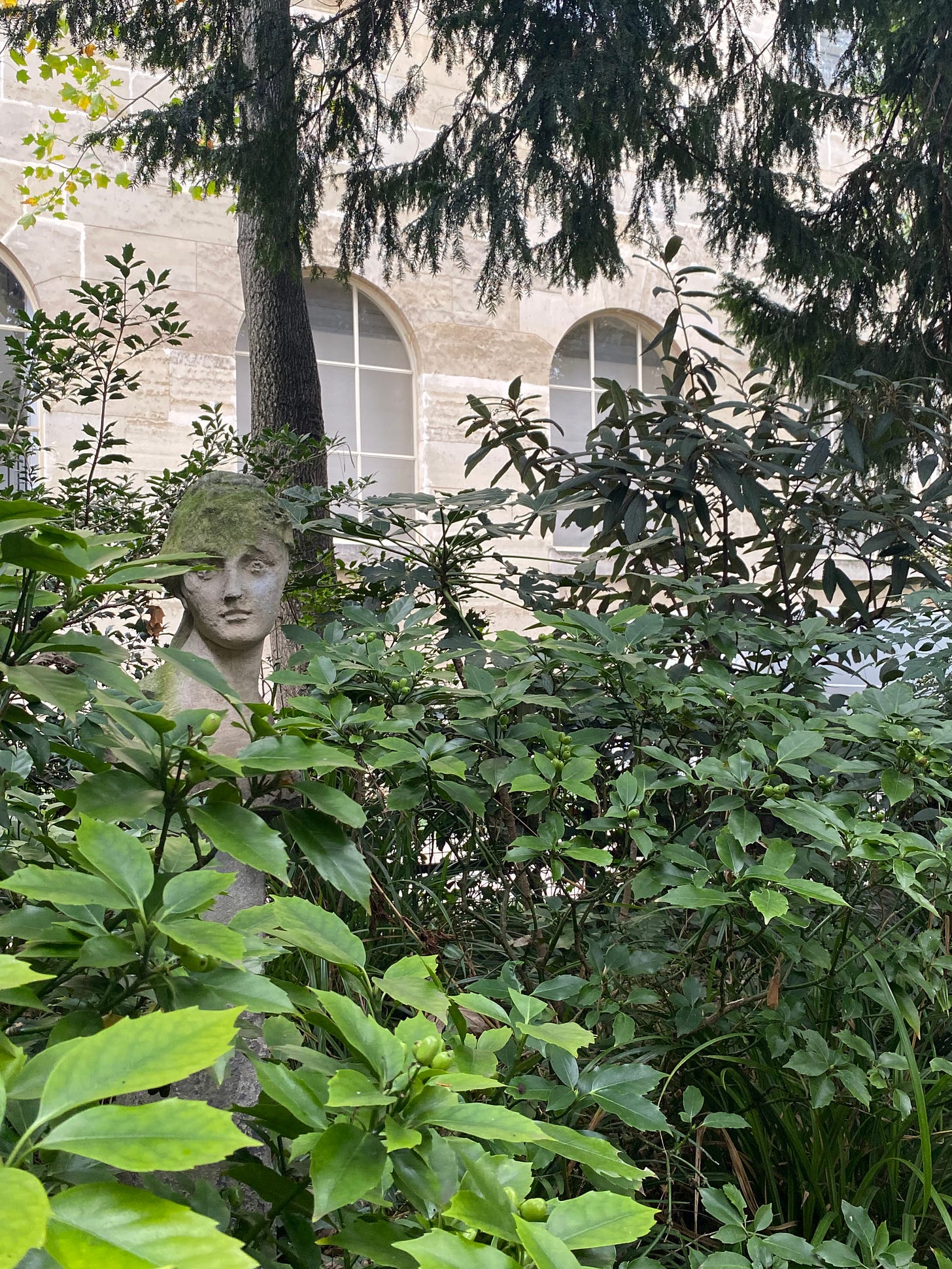Image by Alain Choukroun.
“You are born alone. You die alone. The value of the space in between is trust and love.”
―Louise Bourgeois
My self-appointed artist’s residency takes place on Mondays. Partly it is due to the time slots available during the week. However I also enjoy the possibility to get up slowly and go and do something I love on a morning, that so often signifies stress and rushing. I feel like I’m moving on a parallel time line.
Photo by David Becker on Unsplash.
I’ve been thinking lately of these photos of urban traffic with orange, yellow and red uninterrupted ribbons of car and street lights, representing continuous movement. Last week I wrote about “raven’s time”, when watching a raven mark a pause, a punctuation mark, when landing on a window ledge. Later during the week a quote found me:
“On the single strand of wire strung to bring our house electricity, grackles and starlings neatly punctuated an invisible sentence.”
John Updike
I thought of these parallel time lines again- particularly visible in a big city, I think- a continuous wavering line of rushing movement and a punctuation mark, a pause.
On this busy Monday morning, when the streets of the Marais quarter in Paris, are busy with trucks that discharge the wares for trendy boutiques, I invite you to come sit with me quietly in the light filled narrow bookstore, named after another bird- La Mouette Rieuse (A laughing Seagull). There is a tiny café at the end of the store: a rarity in itself as the separation between the “spiritual” food and the physical one is quite strong in France. Both are extremely important but almost never combined, maybe out of the fear that they’ll cancel each other out?
The café has a glass wall that opens up to an even smaller terrasse, surrounded by greenery (it is facing another one of hidden Marais gardens). This space between books and nature imposes silence- customers often read or, if they do converse, it’s in hushed tones. I took my time last Monday, sipping hot coffee, before stepping outside, in a pearly October morning light, to visit a garden, hidden near the National Arhives building.
The National Archives contain historical documents that are valuable testimonials of the history of the French Nation. They range from the last letter written by Marie Antoinette or the speech on the women’s right to choose pronounced by Simone Veil in 1974 to a XIXth century factory ledger registering the accidents that has befallen the workers. The Archives are located in a XVIth century private mansion- hôtel de Soubise. There is a second building- Hôtel de Rohan- that is currently under renovation.
Every time I enter the courtyard, I feel embraced by the colonnade, as if the building is stretching its arms towards me. I stopped and sat there for a while, on a large inviting wooden bench. The colonnade protected me from the drizzle and filtered the light. I felt like I was in a liminal space, in the stillness between outside and inside.
Following the colonnade, one can step into the old rooms of the “hôtel” where a small number of precious documents is exhibited, for 3 months at a time, so as to preserve them from light damage.
But I took an inconspicuous path to the right towards a rectangular garden and a narrow stream running through it. The quiet was only disturbed by the soft trickling of water. Just like in the café of “Mouette rieuse”, the silence begot silence and the rare visitors whispered softly, if they talked at all. I liked the old marble vases with traces left by weather and lichens, their surfaces telling a story. A late blooming white rose, stood out, like a linen collar on the still deep green velvet of leaves. I knew where I was going- in the corner of the garden there is an alcove formed by trees and shrubs. I sat there for quite a while- a tall cypress and a marble portrait of a woman keeping me company. It was like being inside a small temple.
.The wars, the revolutions, the important society battles have gone and left behind traces of ink on paper: documents carefully preserved in the building right next to the garden. There will be others. Humans leave traces in the form of books, documents, planted trees, sculptures- like bread crumbs for those who will come after. Picking these bread crumbs up helps us pause, interrupt the continuous movement and, even if it’s only for a little while- not to feel alone.










I especially love the statue peeking out.
You are prolific and lovely in your observations! I frequently store up 3-5 of your posts and read them all at once (not on purpose, it just happens that way), and they are a beautiful way to spend time with you and think about life and the world, and the need to figure out how to live that life and in the world, exactly as it is.